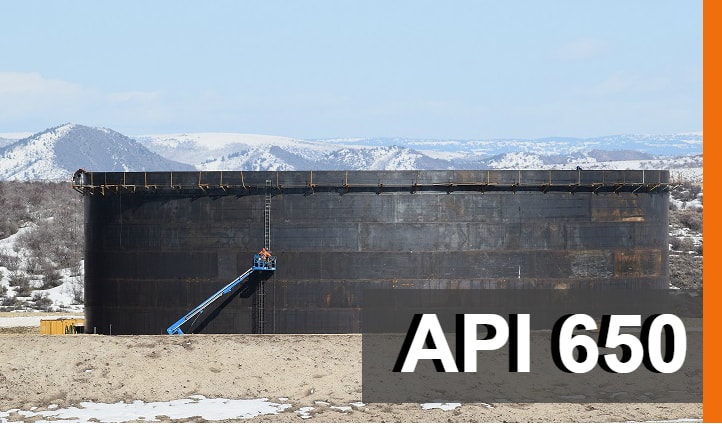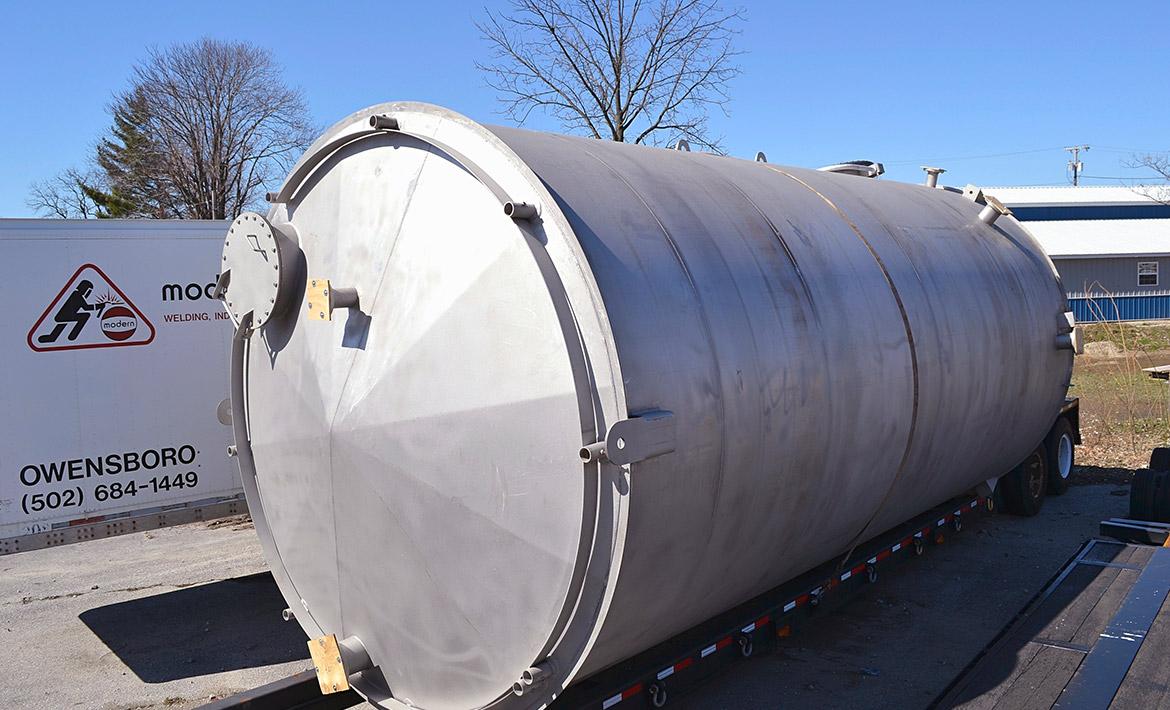The Benefits of Welding Inspection for Improved Safety And Security and Performance
Welding examinations are important for making certain that frameworks fulfill strict sector requirements. They play an essential role in identifying defects early, consequently improving safety and decreasing the risk of devastating failures. Furthermore, these evaluations can cause considerable price savings by avoiding expensive repairs and downtime. As companies go for improved efficiency and dependability, the relevance of a durable evaluation process can not be overemphasized. What various other benefits might emerge from a dedication to extensive welding inspections?
Making Certain Conformity With Market Criteria
Ensuring conformity with industry requirements is crucial for preserving high quality and safety and security in welding tasks. Abiding by well-known protocols not just shields employees yet additionally improves the longevity and performance of the final product. Welding evaluations performed at different phases of the process help recognize any type of deviations from these requirements, enabling prompt rehabilitative actions. This proactive strategy reduces the danger of failings that could arise from ineffective workmanship.
Conformity with sector standards fosters depend on amongst stakeholders, including customers, governing bodies, and the workforce. It signifies a dedication to excellence and accountable methods, which can result in enhanced service possibilities and an one-upmanship on the market - API 650 Welding Inspection. Normal assessments likewise guarantee that materials and techniques utilized straighten with the current technological advancements and security policies. Inevitably, adherence to sector standards is not merely a regulatory requirement but a cornerstone of top quality guarantee in welding tasks
Enhancing Safety With Early Discovery of Issues
While the primary objective of welding evaluations often focuses on conformity, they play an important duty in enhancing security by enabling the very early detection of defects. Determining concerns such as incomplete blend, fractures, or porosity during examinations can greatly mitigate the threat of tragic failings. Early detection permits timely interventions, making sure that damaged welds do not jeopardize architectural integrity.
In addition, organized assessments foster a culture of safety within companies by emphasizing the relevance of high quality control. This aggressive approach not just secures employees but additionally safeguards the surrounding environment. Routine evaluations can reveal trends in problem event, permitting changes in welding techniques and training programs to attend to underlying problems.
Subsequently, welding assessments work as a critical guard, bolstering general safety and efficiency by recognizing flaws prior to they rise right into serious dangers. This dedication to high quality directly adds to the durability and dependability of welded structures.
Decreasing Prices by Avoiding Failures
By applying complete welding assessments, organizations can properly lower costs related to failures and rework. The positive identification of issues throughout the welding process decreases the threat of disastrous failings that can cause expensive repair services or substitutes. Early detection permits prompt interventions, which avoids the escalation of minor issues right into major troubles that strain budget plans and resources. Furthermore, by ensuring that welds satisfy defined requirements, companies can stay clear of delays in task timelines triggered by the requirement for considerable rework or additional assessments later on while doing so. This not only conserves cash however additionally boosts functional effectiveness. A reputation for quality workmanship can lead to raised customer fulfillment and repeat company, more adding to financial stability. Generally, buying welding inspections is a calculated approach that cultivates browse around this site cost savings while protecting the honesty of bonded frameworks.
Improving Performance and Long Life of Structures


Welding evaluations play an important role in boosting the efficiency and long life of structures, as they validate that welds are implemented to the highest possible standards. By recognizing flaws early in the welding process, evaluations prevent weak points that might compromise structural stability. This positive method assurances that the products made use of fulfill called for specs, thus optimizing their load-bearing ability and strength.
Furthermore, regular surveillance of welding practices adds to the total top quality of building projects. When welds are verified for compliance with industry requirements, the potential for tiredness and failing gradually is greatly decreased. Frameworks that are developed with effectively examined welds are likely to experience fewer upkeep problems and boosted durability.
Eventually, rigorous welding assessments not just strengthen the instant efficiency of a structure however also expand its functional lifespan, offering long-lasting worth to both end-users and building contractors alike.
Cultivating a Culture of Top Quality and Integrity
A commitment to top quality and integrity in welding techniques significantly adds to the total success of construction tasks. When companies prioritize these values, they foster a culture that encourages meticulous focus to detail and adherence to market standards. This culture not just boosts the skill level of welders but also advertises liability and synergy among all stakeholders associated with the project.

Regular welding assessments function as a foundation in this cultural change, enhancing the relevance of consistent performance and precaution (API 650 Welding Inspection). By executing rigorous evaluation procedures, firms can recognize possible defects early, mitigating risks and staying clear of expensive rework. An emphasis on quality and reliability imparts confidence amongst partners and clients, leading to more powerful partnerships and boosted track records.
Connections Eventually, promoting a culture of top quality and dependability in useful link welding techniques not only boosts job results but likewise guarantees long-term sustainability and success in the building and construction market.
Frequently Asked Questions
What Qualifications Should a Welding Examiner Have?
A welding assessor need to have appropriate certifications, such as AWS CWI or CSWIP. Furthermore, they must have experience in metallurgy, welding processes, and examination strategies, together with strong analytical abilities and interest to detail for efficient analyses.

How Frequently Should Welding Inspections Be Conducted?
Welding evaluations must be conducted consistently, ideally after each substantial phase of the welding procedure. In addition, periodic examinations ought to take place based upon project demands, solution conditions, and regulative criteria to guarantee continuous top quality and safety.
What Equipment Are Made Use Of Throughout Welding Inspections?
Welding evaluations use different devices, consisting of ultrasonic testers, magnetic fragment testers, aesthetic examination devices, and radiographic tools. Each tool offers a details purpose, ensuring weld top quality and architectural stability via comprehensive exam and analysis.
Can Welding Inspections Be Carried Out From Another Location?
Welding examinations can without a doubt be executed from another location utilizing advanced modern technologies such as drones and specialized electronic cameras. These tools enable examiners to evaluate welding quality and integrity from a distance, improving performance and security in numerous atmospheres.
What Are the Common Kinds Of Welding Issues?
Typical sorts of welding issues include porosity, cracks, incomplete blend, undercutting, and slag addition. These flaws can endanger the integrity and toughness of welds, leading to prospective failures in architectural applications if not dealt with properly.
Welding evaluations are vital for ensuring that structures satisfy rigorous market requirements. Welding evaluations conducted at various stages of the procedure help recognize any variances from these standards, allowing prompt corrective actions. Welding evaluations play a vital duty in enhancing the performance and long life of frameworks, as they verify that welds are implemented to the highest possible standards. Welding go to my site examinations ought to be carried out regularly, preferably after each significant stage of the welding process. API 650 Welding Inspection. Welding inspections utilize numerous devices, consisting of ultrasonic testers, magnetic bit testers, visual evaluation tools, and radiographic tools